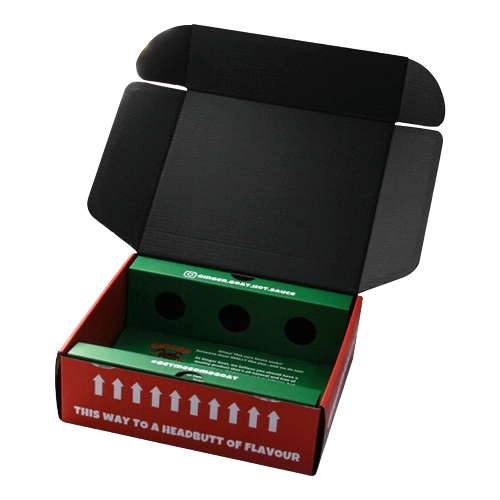Inserts
Popular inserts










How to choose the perfect inserts for my packaging?
- Assess product needs: Prioritize protection (e.g., foam/EVA for fragile electronics, molded pulp for lightweight ceramics) and weight limits.
- Match material to function: Use soft foam for cushioning, rigid plastic/blister for moisture resistance, or recycled paper for eco-friendly branding.
- Balance cost and durability: Opt for budget-friendly kraft inserts for basic protection; invest in custom EVA or thermoformed plastic for high-value items.
- Align with brand values: Choose sustainable options (FSC paper, biodegradable foam) or premium finishes (velvet-lined trays for luxury goods).
- Test prototypes: Verify fit, stability, and aesthetics (e.g., blister clarity for product visibility) before bulk production.
How to confirm the size of the inserts for my packaging?
- Measure product dimensions precisely (length/width/height) using calipers or 3D scans, accounting for irregular shapes or fragile components.
- Align with packaging cavity: Deduct 2-5mm from the box’s inner size for snug inserts (e.g., 100mm box → 98mm insert to avoid over-tight fits).
- Factor in material thickness: Foam/EVA expands under compression; paper inserts require precise die-cutting to match product contours.
- Optimize cost with modular designs: Use adjustable partitions (e.g., scored paper inserts) to accommodate multiple product variants without retooling.
- Validate via prototypes: Test sample inserts for fit, stability, and protection (e.g., drop tests) before finalizing bulk production specs.
